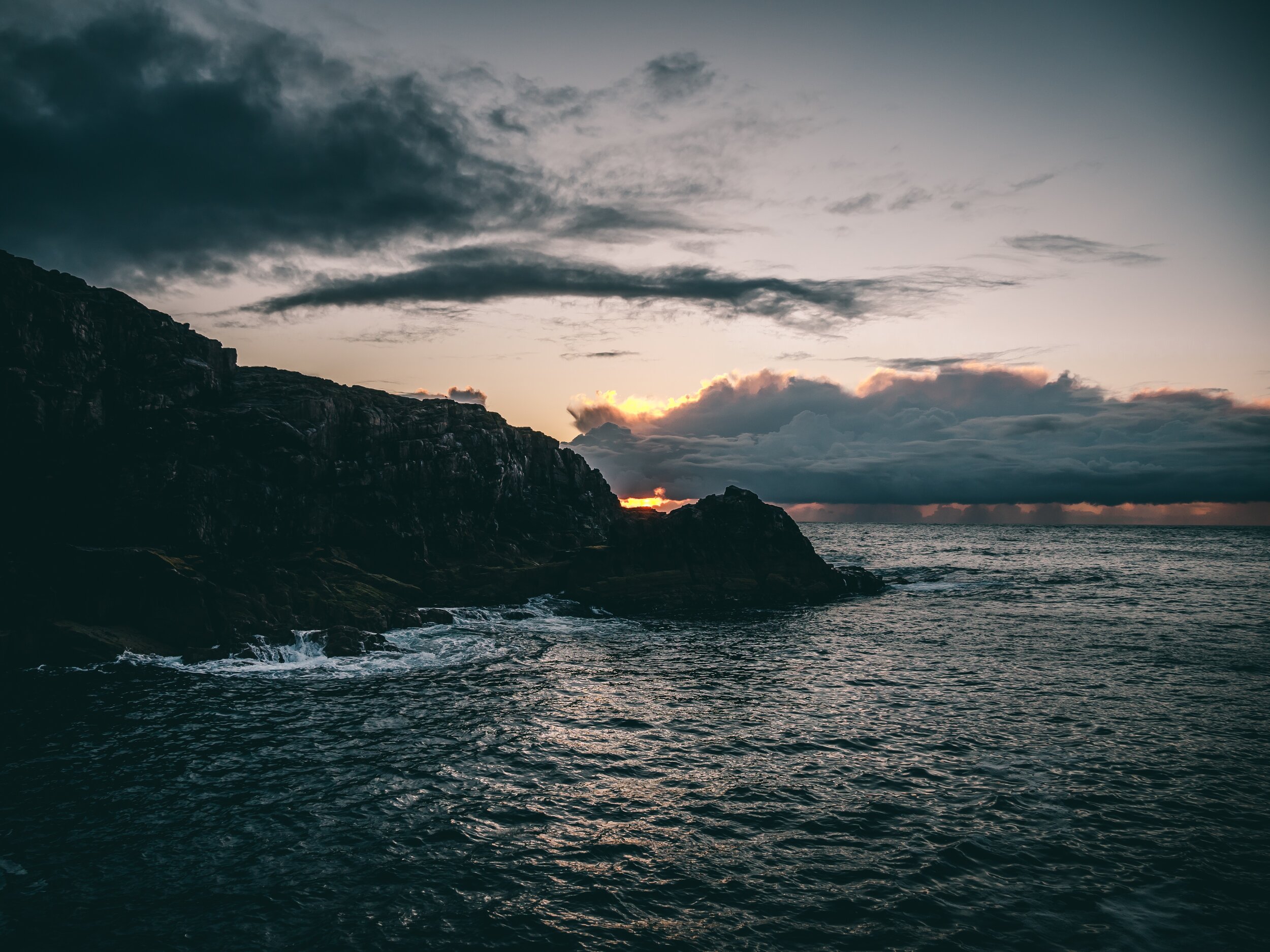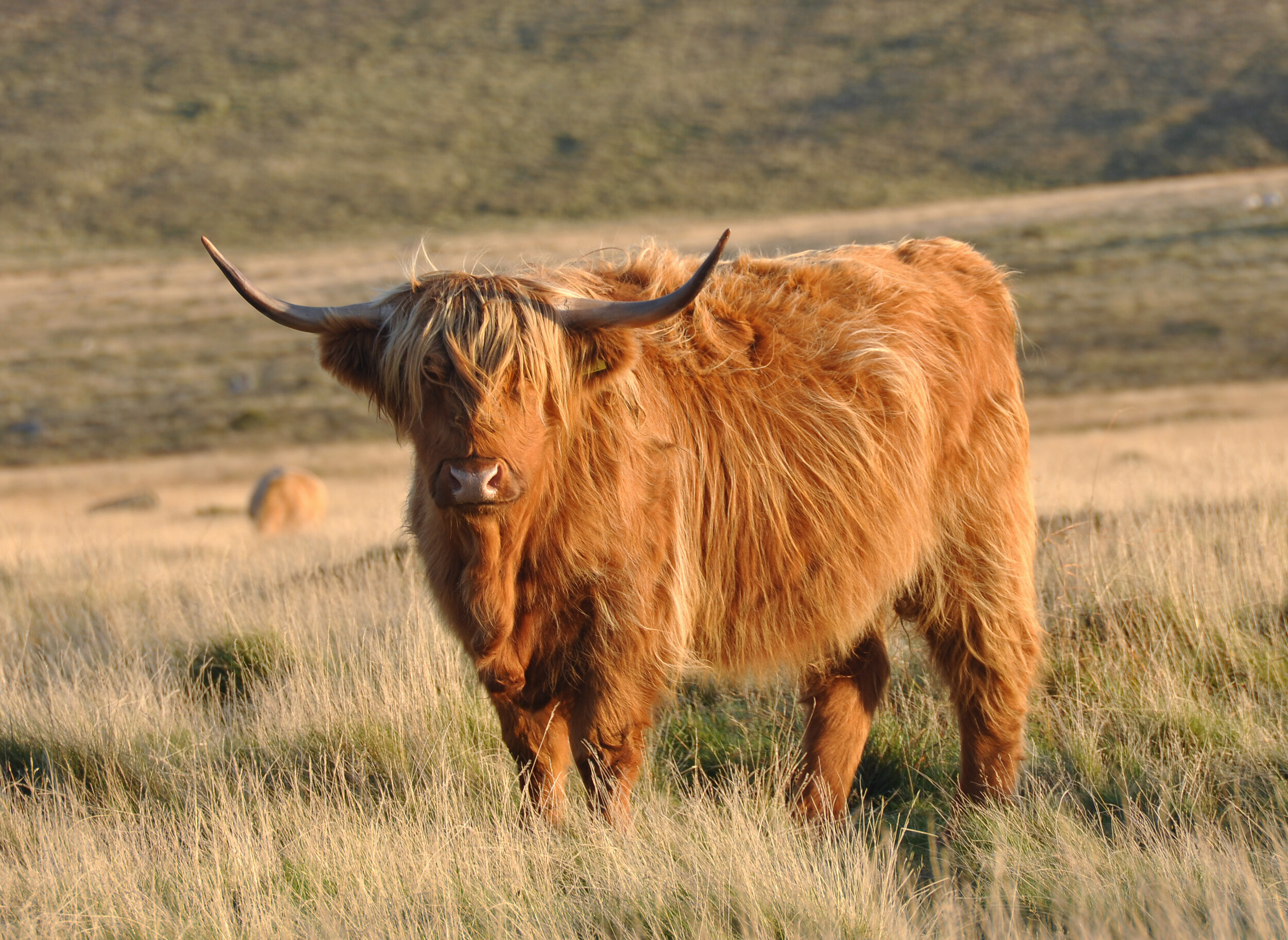
“We two have paddled in the stream, from morning sun till dine; But seas between us broad have roared since days of long ago.”
- Robert Burns
Dumfries and Galloway
Dumfries and Galloway is the first Scottish county to the West as you cross the English border. These Scottish lowlands boast a long and rocky coastline on the Solway Firth, which separates Scotland from Cumbria. The coast undulates with rocky shoreline and sandy beaches, while the sea is remarkably mild as it is warmed by the Gulf Stream.
Inland, there are acres of forests, green spaces, bucolic landscapes and wildlife to captivate you. Between mountain biking, windsurfing, sailing, walking and golf, there are plenty of options for those seeking a holiday packed with activity in this adventure playground of South West Scotland.
As far as culture is concerned, Dumfries and Galloway is rich and vibrant. The year kicks off with the Big Burns Supper in January to commemorate the celebrated poet Rabbie Burns, who spent his later years in Dumfries, where he wrote some of his most acclaimed poems. The months progress with many dedicated celebrations for arts and crafts, performing arts, literature and sport, and of course, some of Scotland’s best music festivals.

Crofts Cottages sit on the idyllic three thousand acre Crofts Estate with dramatic 360 degree views of the Galloway hills, the Solway Firth and the Cumbrian hills beyond.
It is well located to many local attractions including Castle Douglas, 'the food town', Kirkcudbright, 'the artists' town', Loch Ken with its many activity centres, Galloway Forest Park, many local golf clubs, beaches, historical landmarks and countless other activities to keep you entertained.
Whether you are here with family, young kids, a romantic getaway, a solo traveller or a group of friends, the local area has something to offer.
Historic Heritage: Castles, Forts, Ruins, Abbeys, Monuments and more…
The history of Dumfries and Galloway can be traced back millennia. Dumfries Museum has many artefacts from the long history of the region stretching back to pre-Roman times. Near Wigtown are the neolithic burial monuments, Cairn Holy Chambered Cairns, the lonely resting place of the mythical Scottish King, Galdus, dating back to the 4th Century BC.
Many eras and cultures have since passed through and left their marks including the Romans, Vikings, Picts, Saxons and Danes, before the area became a battleground between the Scots and English. In the 13th Century, William Wallace chased the English down the Nith Valley to defend his homeland. After his victory he stayed at Caerlaverock Castle before heading back up North.
In the early 14th Century, Robert the Bruce reclaimed Dumfries Castle from the English in the name of Scotland. He later won Scottish independence at the Battle of Bannockburn.
Dumfries and Galloway is still home to a number of castles where these and subsequent battles were played out in this turbulent era. Caerlaverock Castle, with its unique triangular shape, still has a moat, gatehouse and battlements.
There are many other fortresses in the area well worth a visit including Threave Castle, built by Archibald the Grim in the late 14th Century, with a violent and haunted history, the 15th Century Torthorwald Castle where J.M. Barrie is said to have hidden secret messages, and Orchardton Tower, the only round tower in Scotland, dating to the mid 1400s.
Dumfries and Galloway is also home to many other romantic ruins, abbeys and monuments each with fascinating tales to tell. Sweetheart Abbey is a spectacular ruin with a history telling of the power of enduring love that Lady Devorgilla had for her husband in the 13th Century.
Head to Dundrennan Abbey and enjoy the peace of this medieval ruin where Mary Queen of Scots spent her last night in Scotland in 1568.
For a day out filled with history, culture and beautiful countryside, you won’t do better than the Duke of Baccleugh’s home, Drumlanrig Castle, with rooms filled with the work of famous artists and grounds with activities for all the family.

The natural beauty of Galloway is unparalleled with the wild mountains of the Galloway Hills, allure of the many freshwater lochs, peacefulness of Galloway Forest Park and the tranquility of the Solway Coast
Natural Wonders: Dumfries and Galloway’s Wild Animals and Agriculture
Dumfries and Galloway is the perfect place to see amazing wildlife in beautiful and well-preserved natural habitats. Two hundred miles of unspoilt coastline, varied landscape and many tranquil lochs provide endless options for wildlife walks.
The Galloway Forest Park is the largest forest park in Britain, stretching over 300 square miles. It’s often referred to as ‘the highlands of the lowlands’. The dramatic ancient woodlands and scenery are home to an astonishing range of wildlife from red deer to wild goats. Galloway Forest Park is also home to the UK’s first Dark Sky Park, one of the best places for star gazing in Europe where you can lie out and watch thousands of stars, meteors and distant planets.
The Solway Firth and the many lochs of Dumfries and Galloway provide ample excitement for avid birdwatchers. The county is home to no less than five RSPB reserves at which you can see a myriad of different bird and wildlife in wetlands, salt marshes, Caledonian pine forests and coastlines.
The land where the River Nith meets the Solway, now the Caerlaverock National Nature Reserve, has long been a wild area, with the name ‘Caerlaverock’ literally meaning ‘land of the larks’. While the 13th Century castle still stands majestically enduring through its bloody history, the woodland swamps and vast tidal sandbanks remained untouched and now host a huge array of wildlife and wading birds. The nature reserve is open year round with many viewing platforms and paths to lead you around.
The reserve is also home to the Galloway trail. The Galloway Kite Trail is a bicycle or foot route in which you’ll be able to spot the spectacular red kite, a bird of prey reintroduced to the area in 2001. You can also spot wild swans and geese in the area. In winter, head to Caerlaverock Wetland Centre. The expansive 1400 acre area is home to an impressive range of insects, animals and birds from dragonflies and badgers to warblers, osprey and skylarks.
The primary economy of Dumfries and Galloway is agriculture so all around you you’ll see fields full of grazing cattle and sheep. Come in the spring to see the wee lambies playing! Belted Galloways, or Belties, are native to this area of Scotland with their white bellies which have made them distinctive around the world. There are many community farms offering all you need for a day out of family fun.
Keep an eye out for the endangered Red Squirrels which can be spotted in this area, as well as the Red Deer, one of the largest species of deer found in rural Scotland. You will also see many game birds like pheasants, grouse and partridge.
















